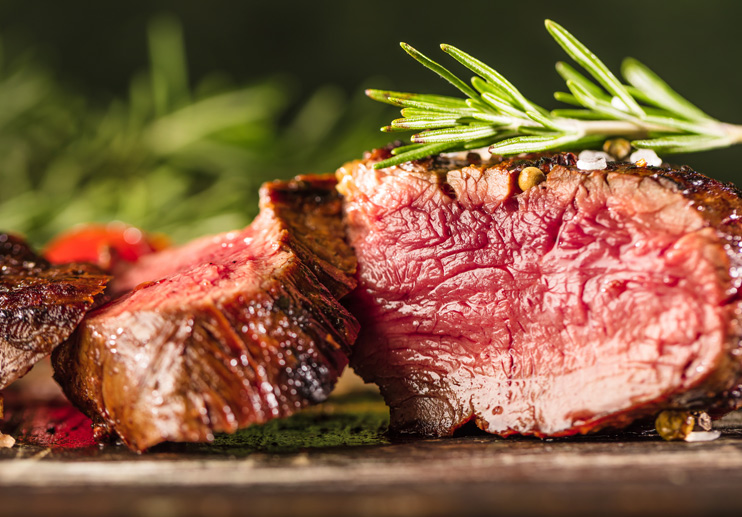Ancient Indian and Egyptian cultures used peppercorns as an anti-inflammatory and analgesic. Rich in antimicrobial compounds, pepper acted as a preservative, too. Contemporary research has found that there’s science to back up those early practices, thanks primarily to the powerful compound piperine, the source of its spicy punch. It has enzymes that help the body better absorb both conventional and herbal medications—turmeric supplements often come with piperine for this reason. There’s even the possibility that it could play a role in the development of medications to combat illnesses as varied as Parkinson’s, cancer, and depression. According to studies in Phytotherapy Research and other journals, although research is still in the early stages (most has been done only in the lab), one day there could be value well beyond pepper’s great taste for making it an important part of the diet.
Ingredients
- 8 cloves garlic, peeled
- 2 tablespoons kosher salt
- 1/3 cup extra virgin olive oil plus 2 tablespoons for searing
- 1 tablespoon freshly cracked black peppercorns
- 2 tablespoons fresh thyme leaves
- 1/4 cup fresh rosemary needles from a 3- or 4-inch sprig
- 2 tablespoons coarse grain mustard
- One 3-pound center-cut beef tenderloin, trimmed
Directions
Step 1
Preheat your oven to 450ºF. In a small food processor, combine the garlic and salt and process until the garlic is finely chopped. Let it rest for 10 minutes for the powerful allicin in the garlic to develop. Add the olive oil, black pepper, thyme, and rosemary, and process until the herbs are evenly chopped. Stir in the mustard.
Step 2
Heat a large cast iron skillet or Dutch oven on the stovetop. Add the remaining 2 tablespoons of olive oil and heat until it shimmers. Sear the beef tenderloin on all sides until nicely browned, 3 to 4 minutes per side, turning with tongs. Transfer the meat to a cutting board and let cool slightly.
Step 3
Coat the meat evenly on all sides with the garlic, pepper, and herb mixture. Transfer the tenderloin to a meat rack set in a roasting pan. Roast the tenderloin until the internal temperature reaches desired doneness on an instant-read thermometer, about 20 to 30 minutes (depending on its thickness). So that the juices will redistribute, let it rest for at least 10 minutes before carving.
| Yields 8 servings. |

